Trips to NASA’s Texas center for human spaceflight are a must for anybody curious about our relationship with space and the Universe. Here are some tips for planning the perfect visit from Houston.
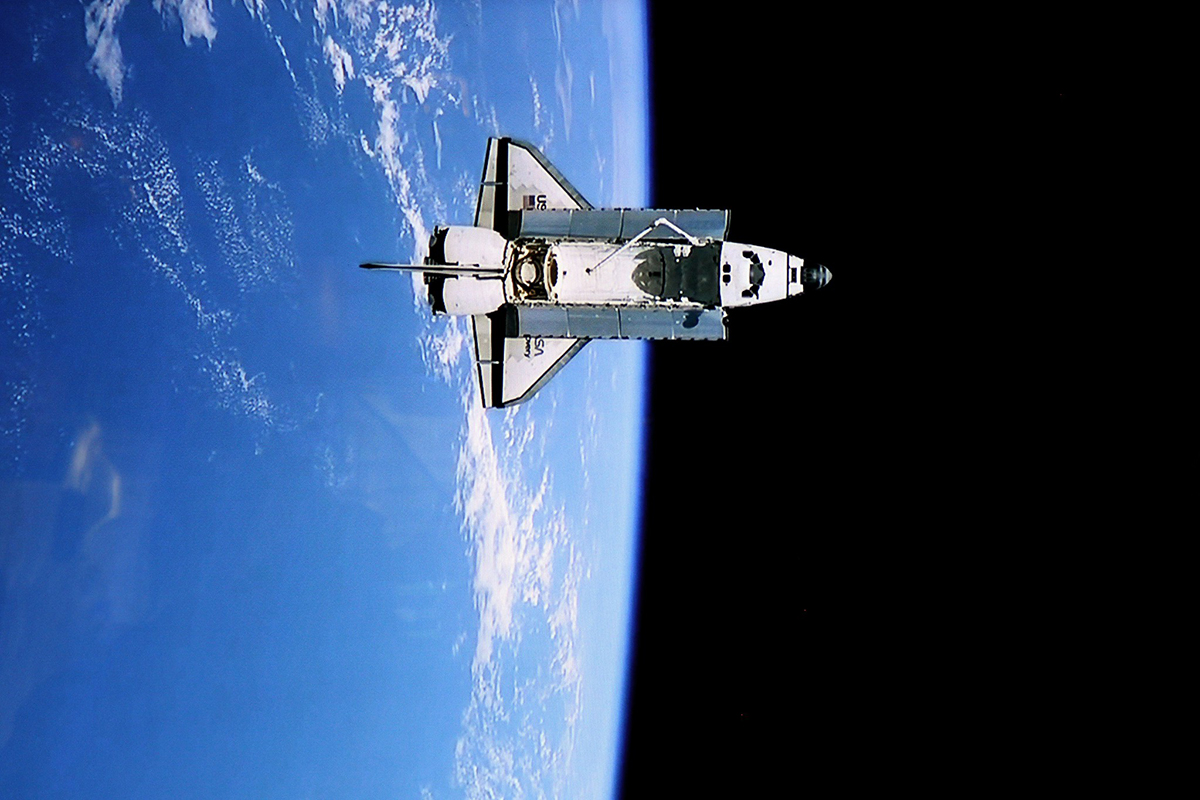
The Endeavour above Earth (Photo: prayitnophotography via Flickr / CC BY 2.0)
“Houston, we have a problem.” It’s one of the best-known phrases associated with space exploration, often dramatized by Hollywood while delivered in a calm, steely manner. The Houston in question is NASA’s Mission Control at the Lyndon B. Johnson Space Center. The calm, steely manner in question demonstrates the resolve, scientific prowess and fortitude that allowed NASA to break the final frontier, and continue to push into the unknown while, on occasion, even walking in it.
Nothing quite embodies the American Dream like the space race. It’s no surprise that a country initiated by colonization – and whose present state is a direct result of independence from colonial rule – would soon want to colonize something of its own. While countless nations and empires have proved pretty succinctly how crass and inhumane colonization on our own planet can be, the attempt to reach our surrounding planets and moons has been enacted through lofty ideals, diligence and cooperation.
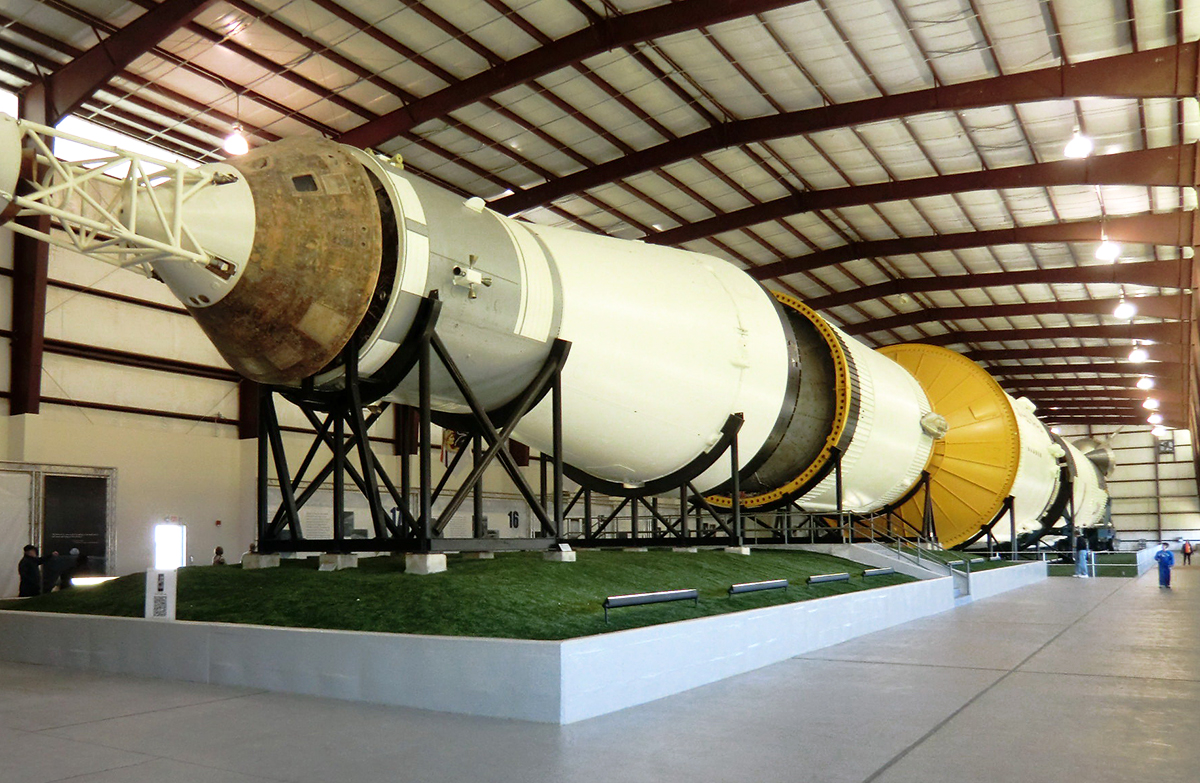
The Saturn V (Photo: Reinhard Link via Flickr / CC BY-SA 2.0)
Construction on Johnson Space Center in Houston began in 1962 in preparation for the momentous push of putting a person on the Moon. From that point and ever since, a large part of this Texan site has been dedicated to astronaut operations, including all training and post-space quarantining. For astronauts on missions, Johnson Space Center represents the only contactable outpost of home, via NASA’s Mission Control, which is also located at this Houston site.
The science museum at NASA’s Space Center Houston explores the history of human spaceflight along with hundreds of space-related exhibits, from space capsules and rockets to a Lunar Roving Vehicle and even rocks from the Moon. There is even one of the huge Saturn V rockets, which lifted off from NASA’s major launch site, Kennedy Space Center, in Florida.
For families, many of the activities on site are built around interactive STEM (science, technology, engineering and math) learning programs. These are designed to not only inspire the astronauts of tomorrow but encourage all learners to develop stronger critical thinking, logic and problem-solving skills.
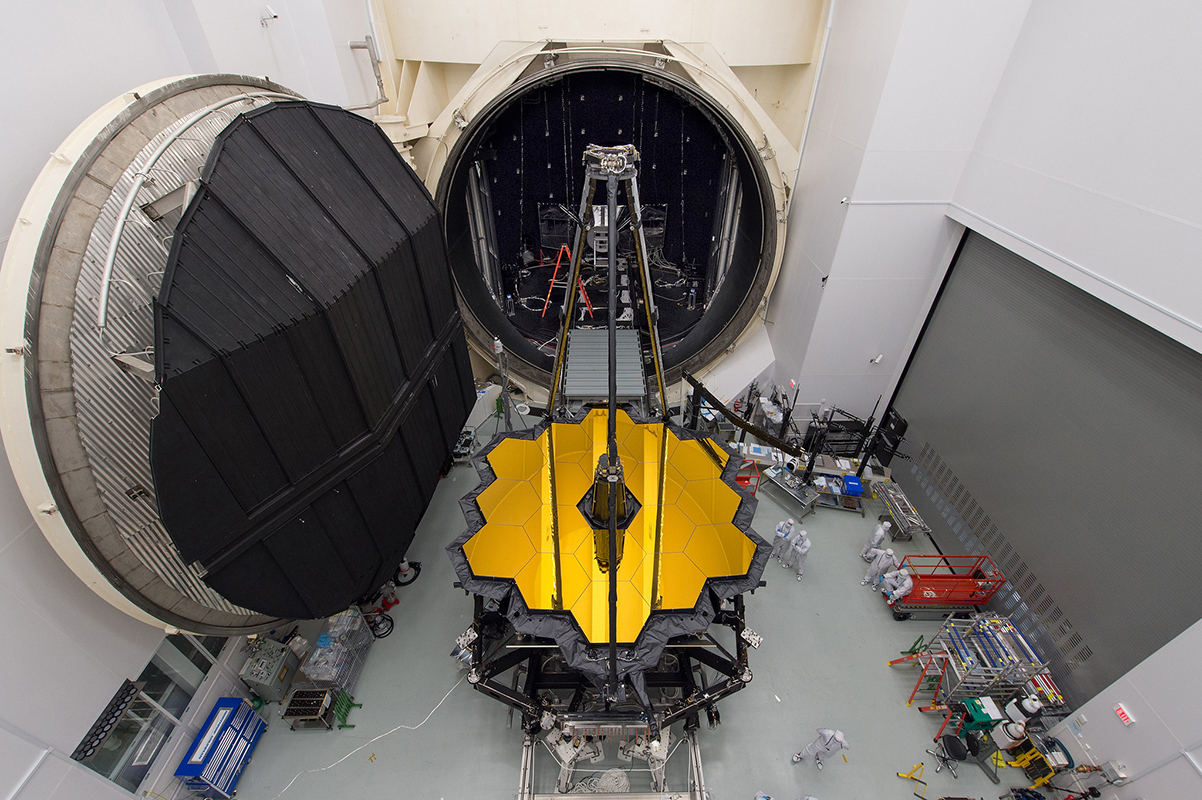
The impressive Webb Telescope (Photo: NASA’s James Webb Space Telescope via Flickr / CC BY 2.0)
The latest episode of NASA’s incredible and ever-evolving space program includes Mission Mars, which deals with the current work around proposed human travel to Mars in the near future. This exhibition presents visitors with a Mars meteorite, a replica research capsule, spacecraft simulator and a look at the modern Mars Rovers, similar to those which are currently busy on the Martian surface today, conducting incredible scientific experiments.
Hours, Directions & Parking
Hours: The NASA Space Center in Houston opens daily from 10am–5pm, with a few exceptions: throughout July closing time is 6pm and on October weekends it’s 7pm. It is recommended that you allow at least two-to-three hours for your visit, and therefore plan to arrive at least that much in advance of closing time.
The space center, for operational reasons, is not located within walking distance of any major town or city, so it’s important to have some form of transportation organized, either as part of a tour or by using your own vehicle.
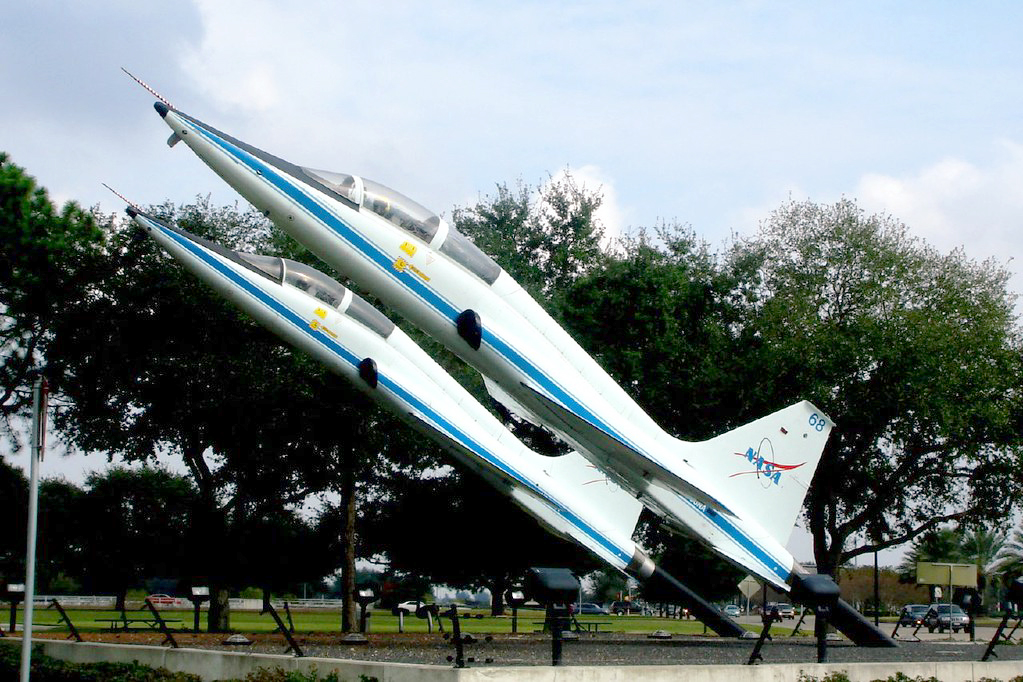
Two planes at the entrance to the Space Center (Photo: Global Jet via Flickr / CC BY 2.0)
Directions from Houston & Parking: The I-45 runs straight from Downtown Houston southwest towards Galveston. After around 22 miles (35km) take Exit 24 onto the NASA Bypass and follow this road for a few miles. You’ll soon see signs for the Space Center on your left. The turning is marked by two jets mounted on a plinth. There’s plenty of parking available at the Space Center.
Public Transport: They can get humans up into space but they can’t get them to the Space Center from Houston on public transport. Whether it be a damning indictment or simply a case of different priorities, the sad truth is you must either have access to your own vehicle or consider taking a tour (see below) in order to visit Houston’s NASA base.
Tickets & Tours
For first-time visitors to the city, the best way to experience Space Center Houston is on the Houston City Tour – $85 per person. This 6-hour guided trip combines the city highlights of Houston, via an open-top bus tour, with transportation and entry to the NASA/Johnson Space Center. It’s a great way to get an immersive experience of Houston. Book on Getyourguide.com.
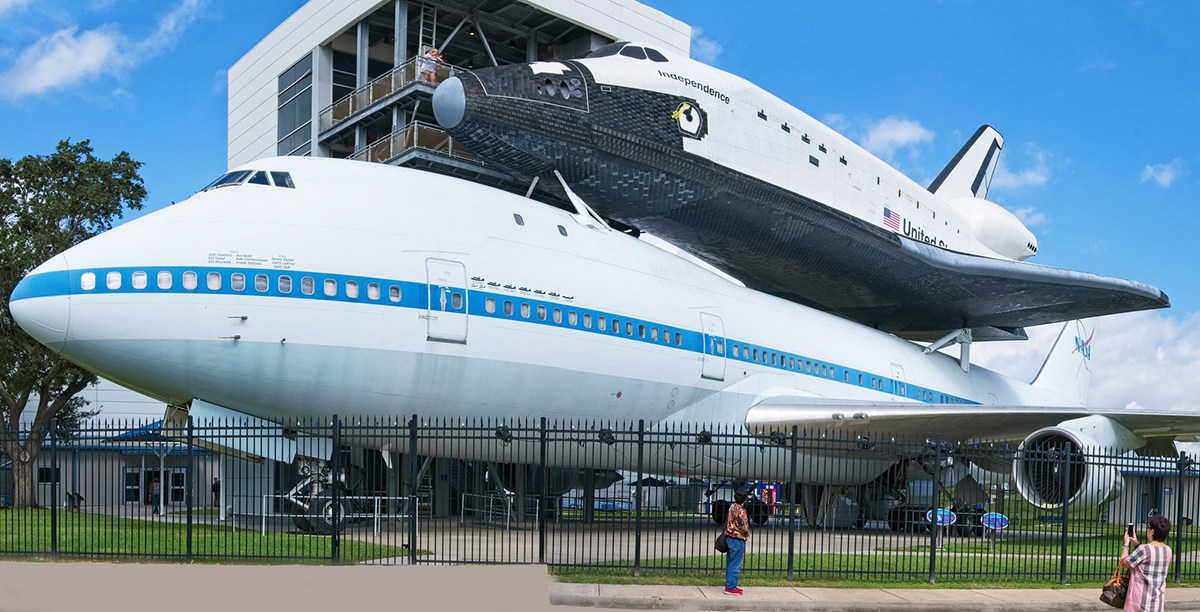
Piggy-back (Photo: Gordon Brandly via Flickr / CC BY-SA 2.0)
Tickets: General admission tickets for Johnson Space Center Houston are via a timed and dated ticket only, so it is imperative to turn up on time. You can buy yours from the official website in advance. Good Covid-19-safe measures are in place throughout, including the mandatory, common-sense ones like mask-wearing. At the time of writing, tickets cost $30 for adults, $28 for senior citizens, and $25 for children aged 4–18. Toddlers up to the age of 3 go free.
On Fridays and Saturdays there are occasionally special tickets that include having lunch with real serving or retired astronauts. These were paused due to Covid-19 but check the official website ahead of your trip to see if they’ve resumed.
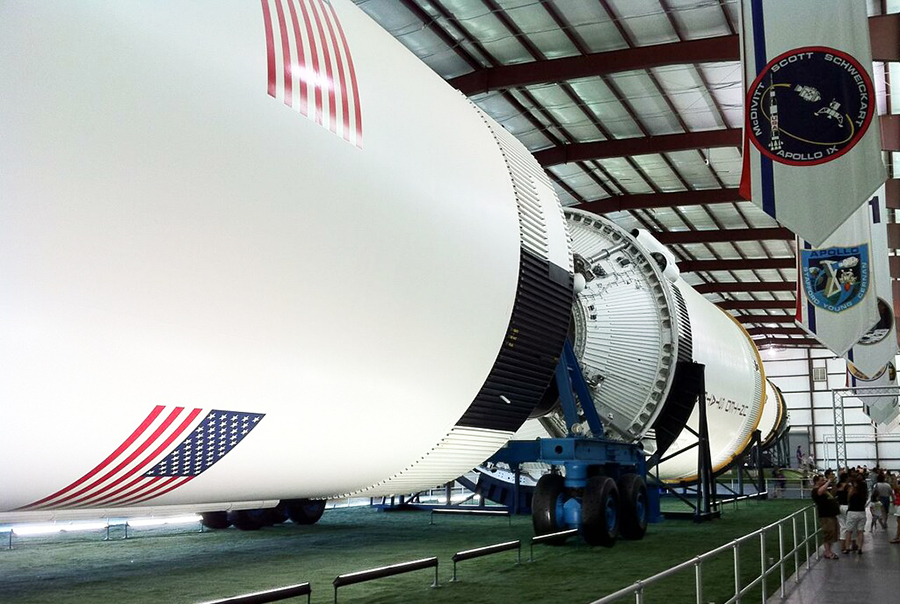
The huge Saturn V Rocket (Photo: Wesley Fryer via Flickr / CC BY 2.0)
A limited selected of better value general entry tickets can be found at Getyourguide.com, costing $24 for adults, $23 for senior citizens and children aged 4–18. Toddlers up to the age of 3 go free. All tickets mentioned above include access to the NASA tram tour. Book here.
Houston CityPASS: For visitors to Houston who are looking to spend a few days or more in the city and plan to see as much as possible, you might make some real savings with the Houston CityPASS – $64 per person. The pass is valid for up to nine days from the first time you use it and allows access to five attractions: Houston Museum of Natural Science, Downtown Aquarium, and Space Center Houston. Each of the other two slots involves a choice between two options, offering a little more flexibility, tailored to your preferences. Please note that with the CityPASS, you must contact the Space Center in advance to arrange a specific time slot for your visit. Book on Getyourguide.com.
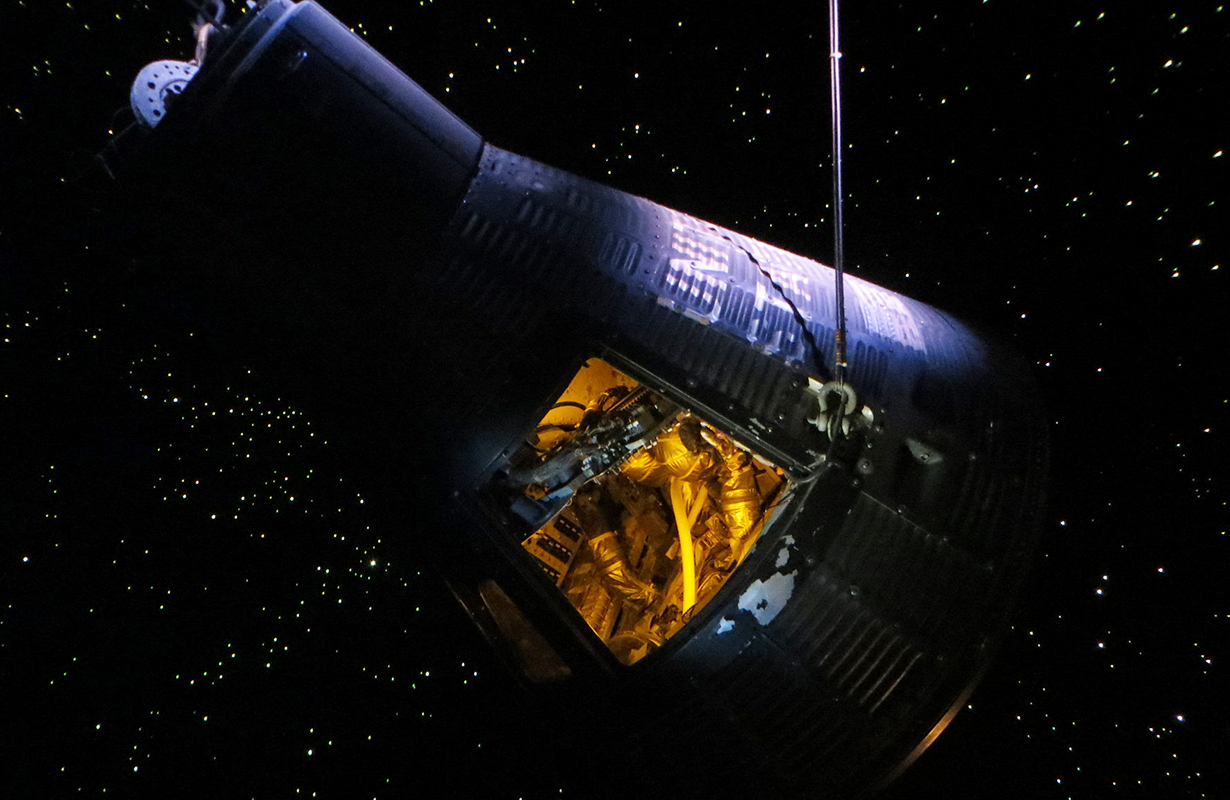
Exhibit at Space Center Houston (Photo: David Wilson via Flickr / CC BY 2.0)